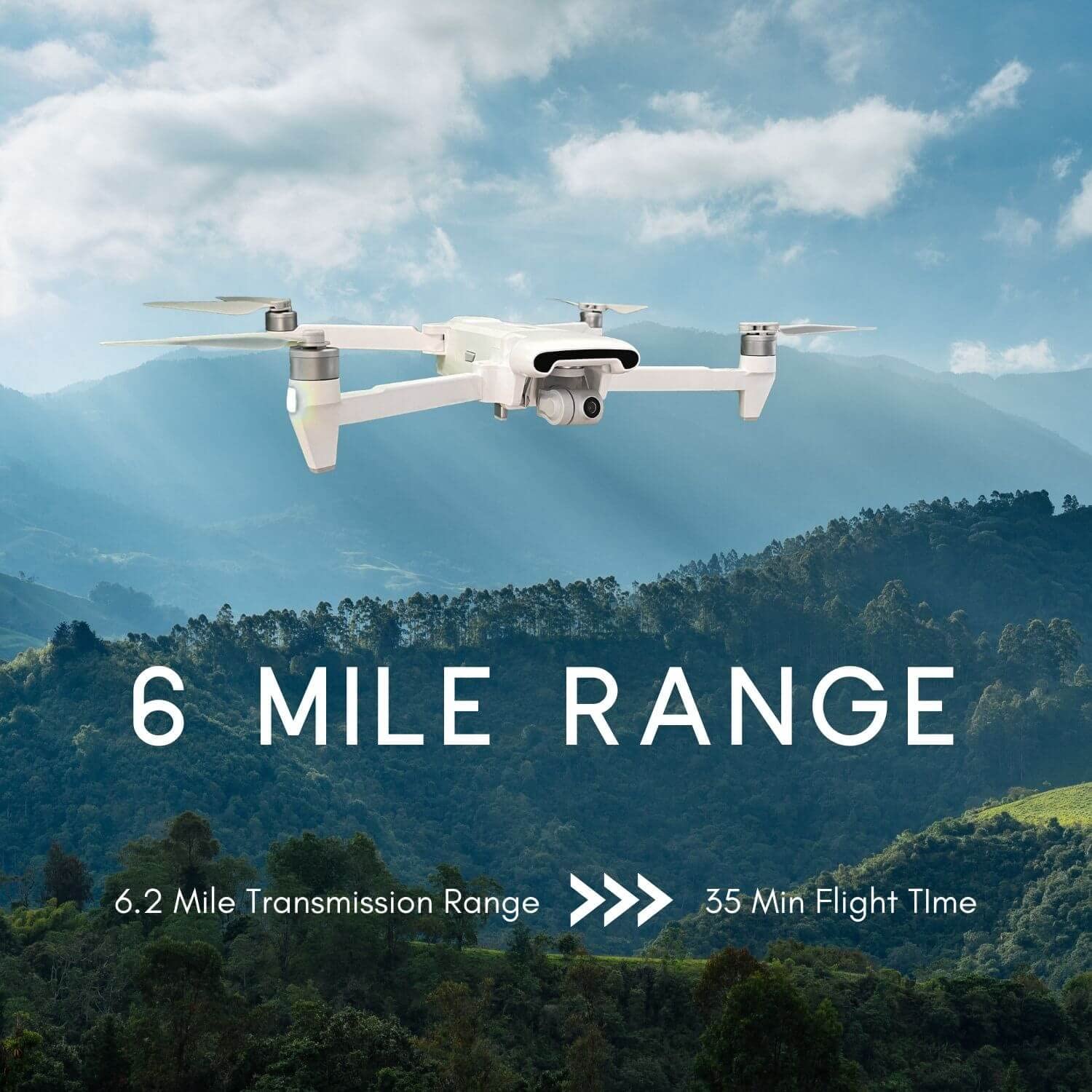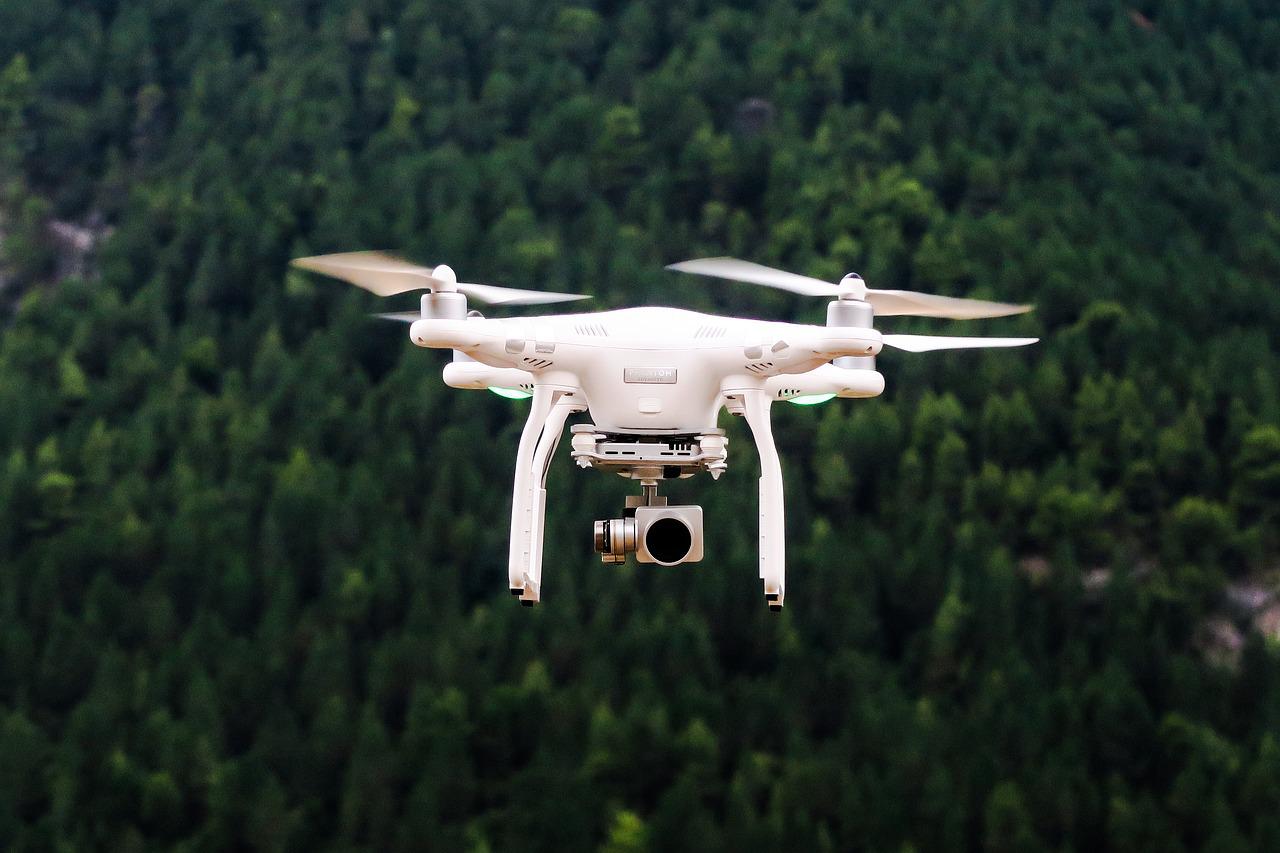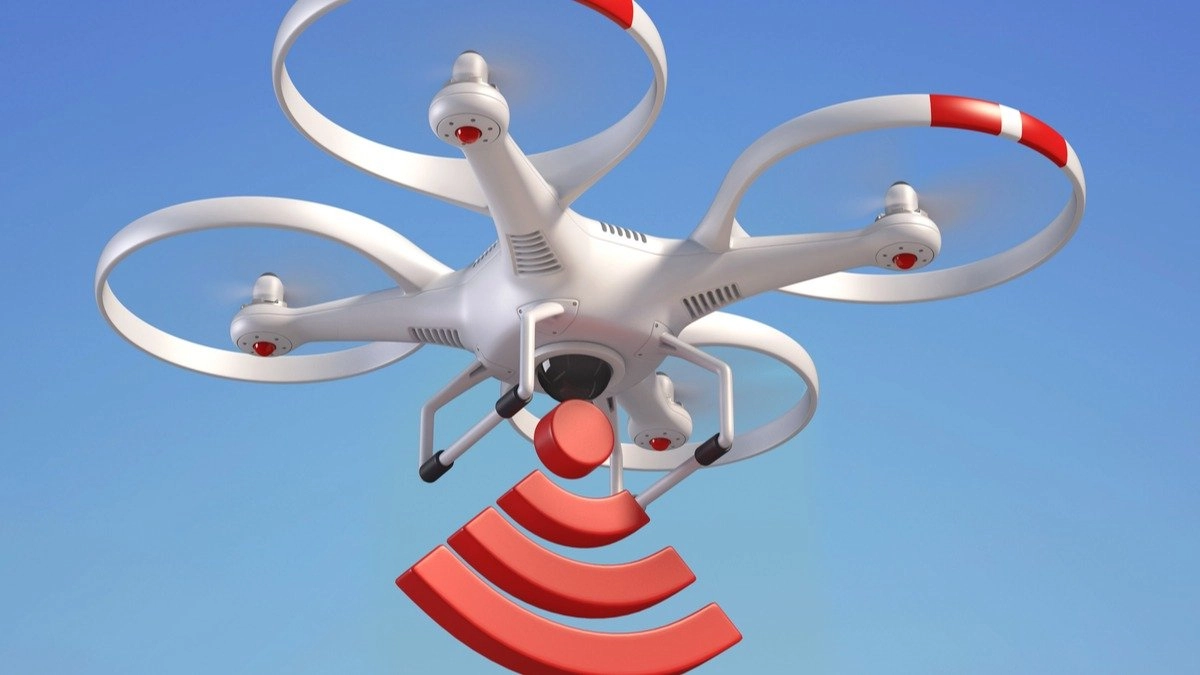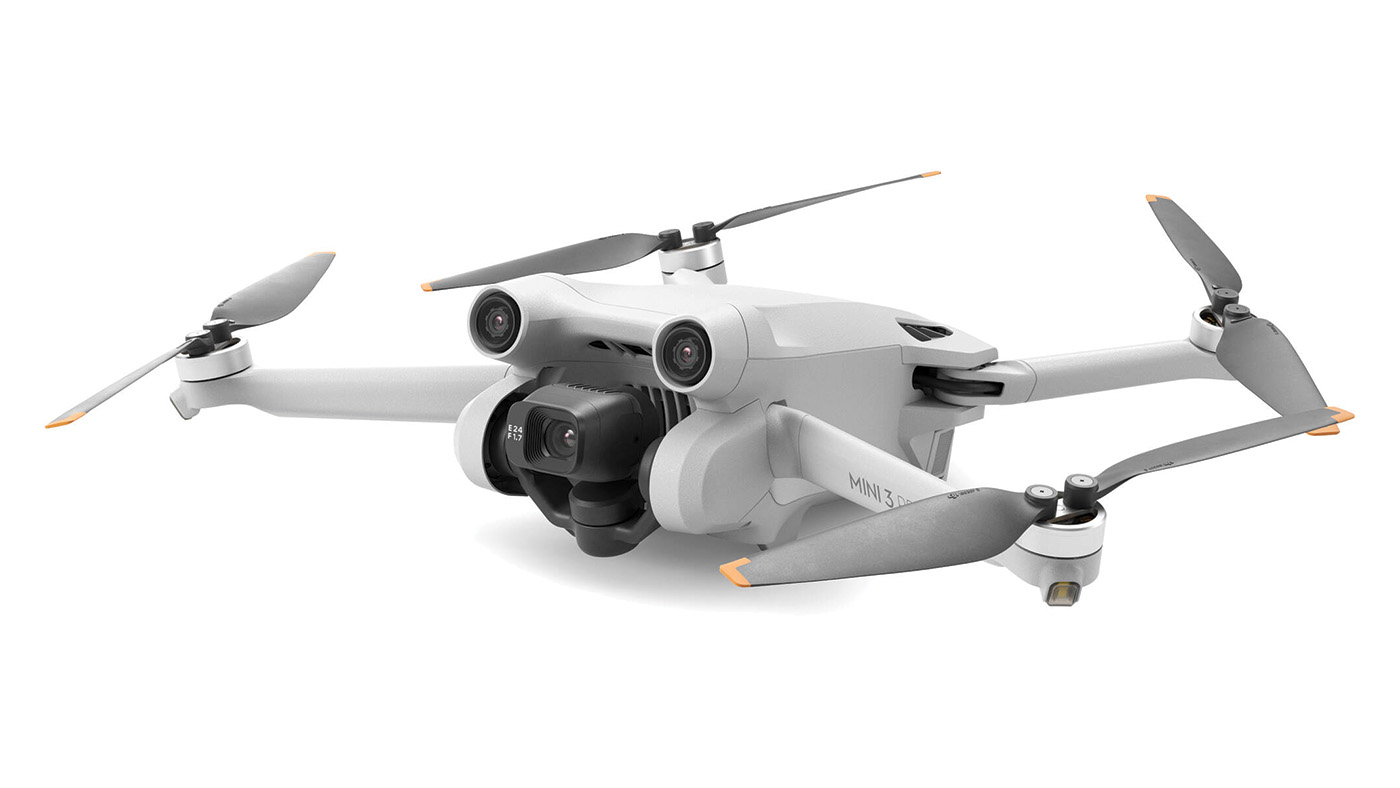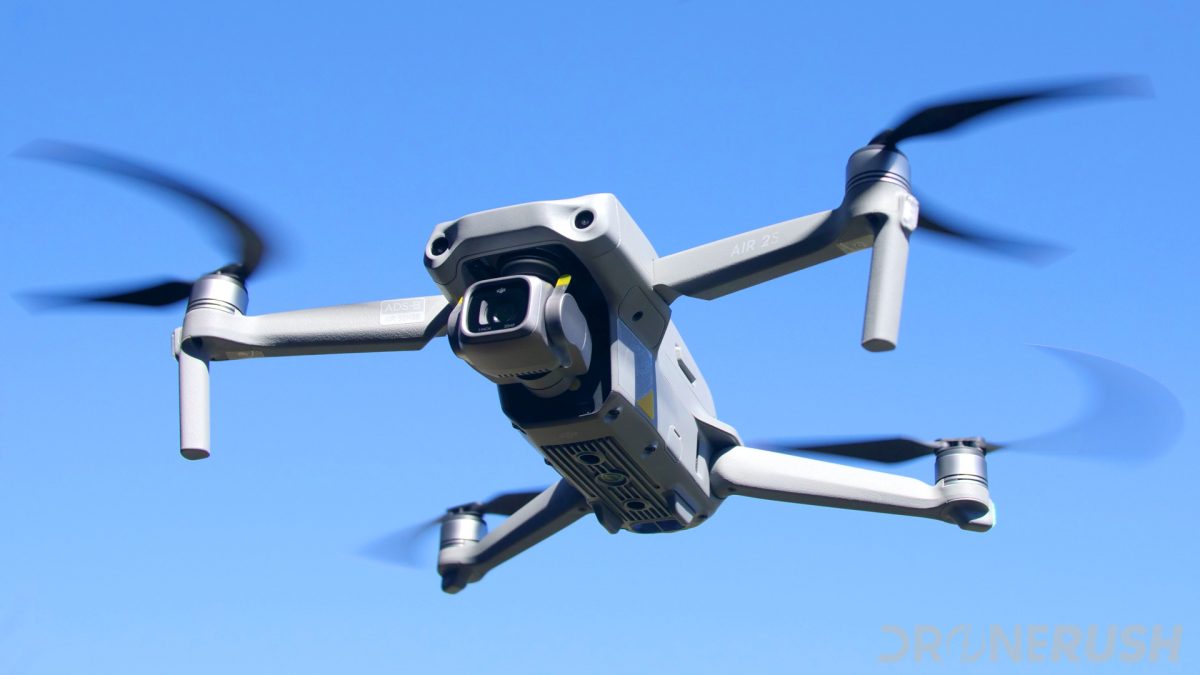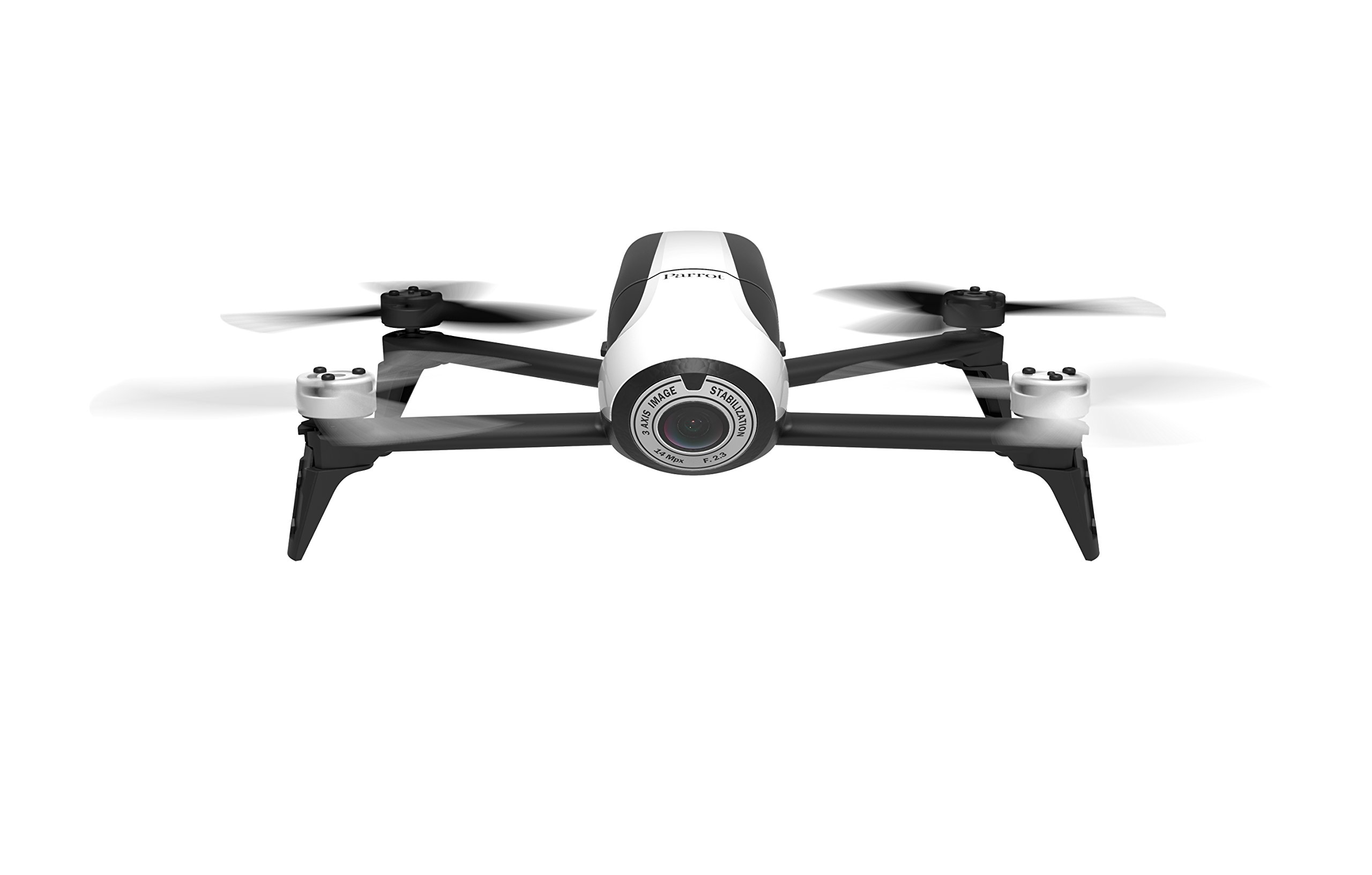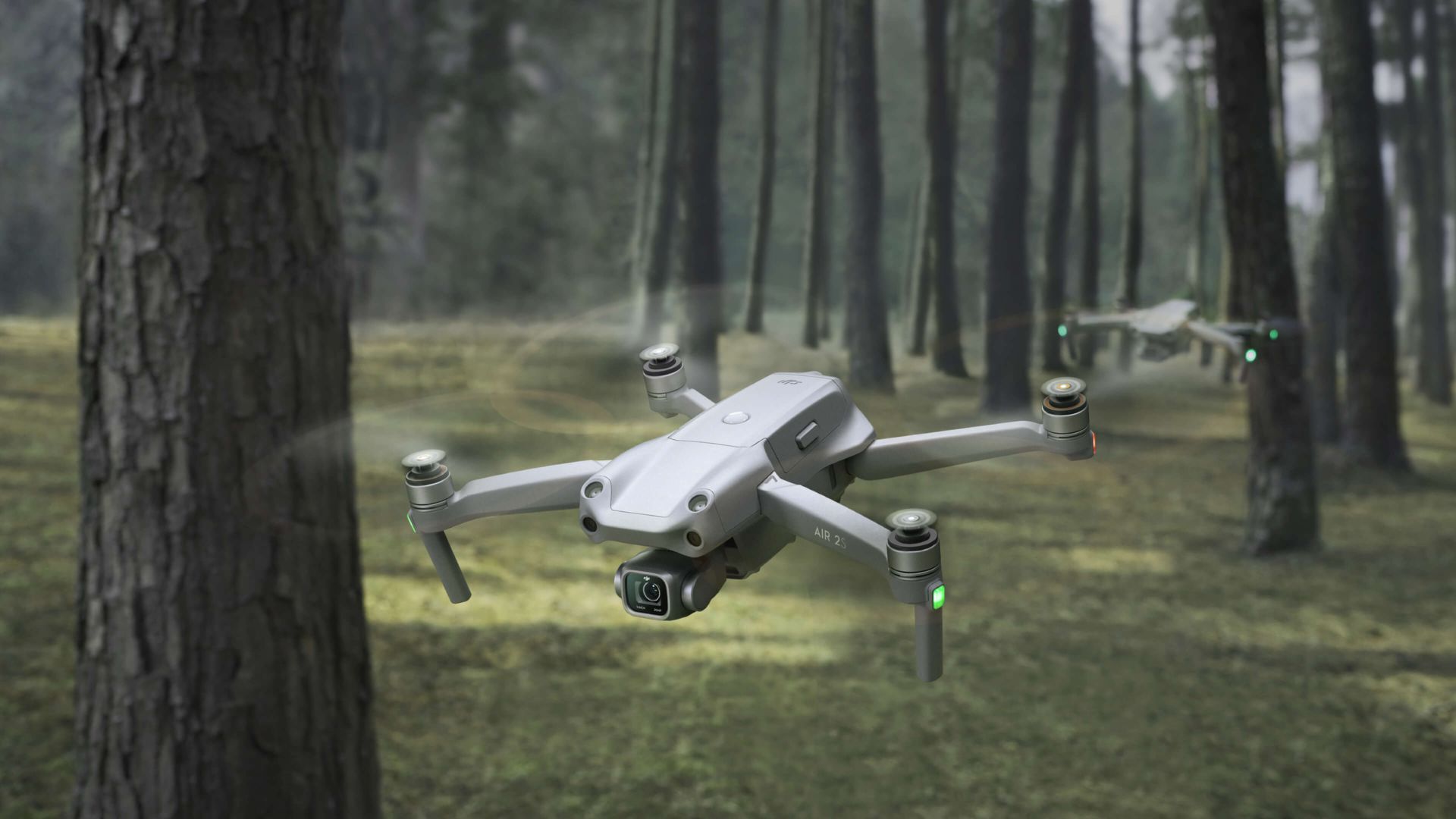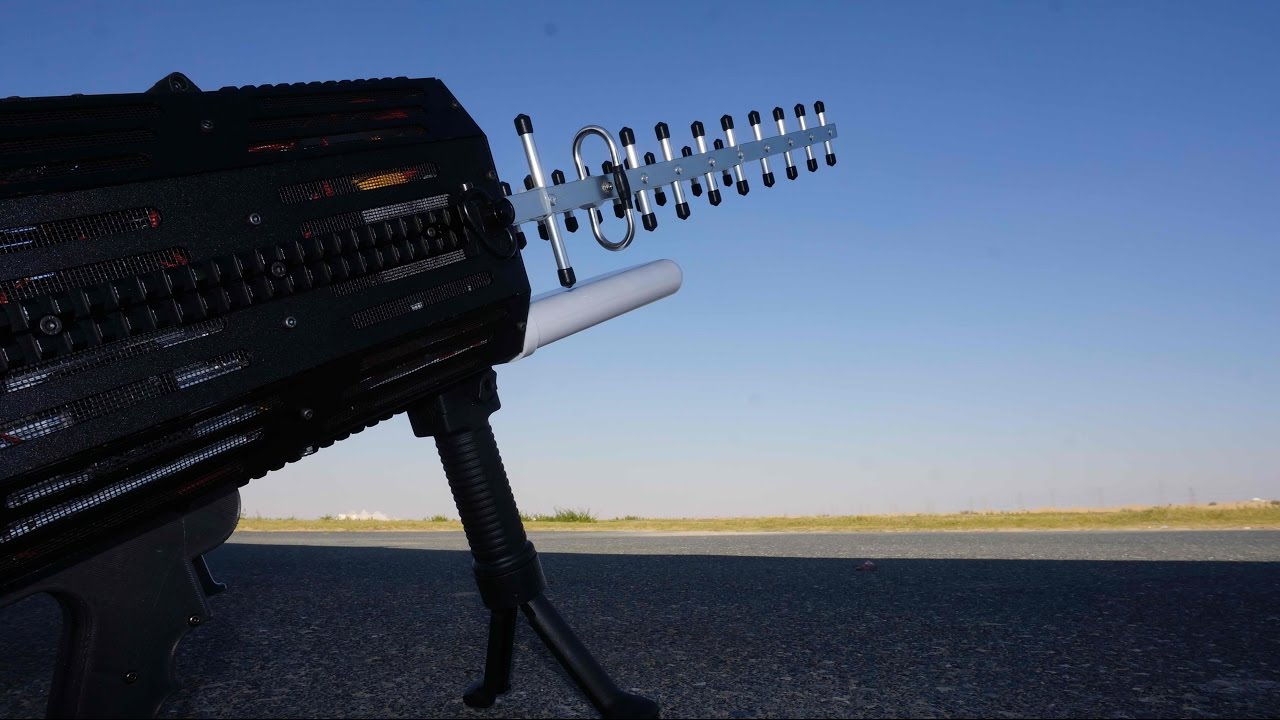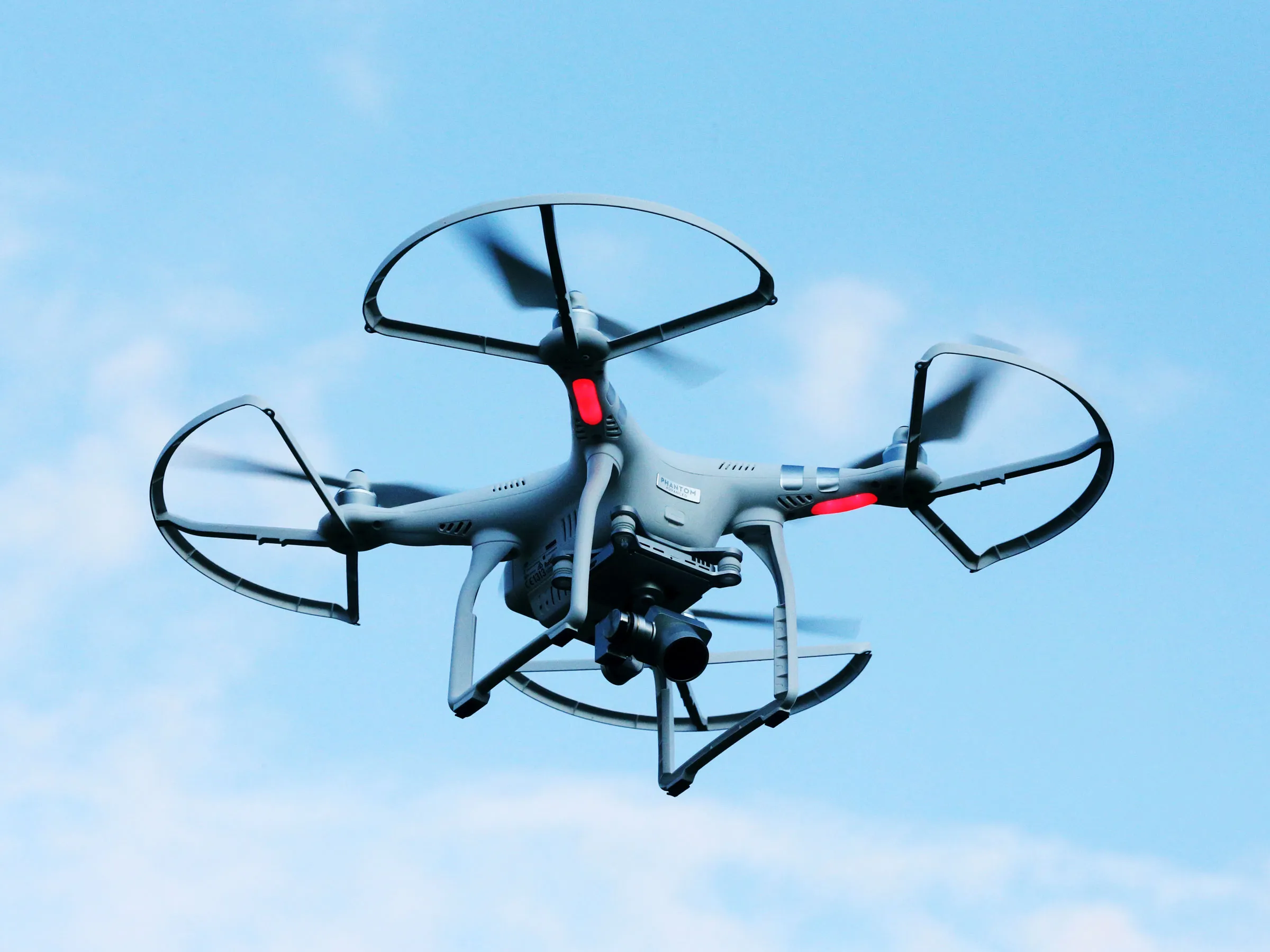The Basics of Drone Range
When it comes to drones, one of the key factors that enthusiasts and professionals consider is the range of the drone. The range refers to the maximum distance that a drone can fly from its controller while maintaining a stable connection. Understanding the basics of drone range is crucial for drone pilots to ensure safe and successful flights.
Drone range can vary significantly depending on various factors, such as the type of drone, the technology it uses, and environmental conditions. In general, consumer-grade drones typically have a range between 100 to 500 meters (328 to 1640 feet), while professional drones can offer much longer ranges, reaching several kilometers.
The range of a drone is influenced by different factors, including the transmission system, signal interference, and battery life. Drones that utilize radio frequency (RF) transmission systems are more common and tend to have shorter range capabilities compared to those that use newer technologies like Wi-Fi or digital transmission systems.
Signal interference is another factor that can affect drone range. Obstacles such as buildings, trees, and other electronic devices can degrade the signal strength and limit the drone’s range. It is important for pilots to consider their surroundings and ensure a clear line of sight between the drone and the controller to maintain a strong connection.
Battery life is also crucial for drone range. Most drones have a limited flight time because of battery constraints. The longer a drone stays in the air, the further it can fly. Therefore, it is important for pilots to choose drones with longer battery life or carry extra batteries to extend the range during flights.
It is worth noting that drone manufacturers often provide estimated range specifications based on ideal conditions. In real-world scenarios, factors such as wind speed, temperature, and altitude can affect the actual range of a drone. Pilots should consider these variables and adjust their flight plans accordingly.
Having a good understanding of the basics of drone range is essential for drone pilots to plan their flights effectively and avoid any unnecessary risks. By knowing the limitations and factors that influence drone range, pilots can make informed decisions and optimize their flights for better performance.
Factors Affecting Drone Range
Drone range can be significantly impacted by various factors, both internal and external. Understanding these factors is crucial for drone enthusiasts and professionals to maximize the performance and range of their drones. Let’s explore the key factors that affect drone range:
1. Frequency Band: The frequency band used by the drone’s transmission system plays a vital role in determining its range. Drones utilizing the 2.4GHz frequency band generally have shorter ranges compared to those operating on the less crowded 5.8GHz frequency band. However, it’s important to consider local regulations and ensure compliance when choosing a frequency band.
2. Signal Interference: The presence of obstacles, such as buildings, trees, or even other electronic devices, can interfere with the drone’s signal and reduce its range. Pilots should choose clear and open areas to optimize the drone’s signal strength and extend its range.
3. Environmental Conditions: Factors like wind speed, temperature, and humidity can impact the performance and range of a drone. Strong winds can increase power consumption and limit the range, while extremely low temperatures can negatively affect the battery life. Pilots should consider the weather conditions before flying their drones to ensure optimal range and performance.
4. Battery Life: The battery life of a drone is a crucial factor in determining its range. Drones with longer flight times and higher-capacity batteries can cover more distance before needing to be recharged. It is advisable to carry spare batteries or invest in drones with longer flight times to extend the range during flights.
5. Antenna Quality: The quality and placement of antennas on both the drone and the controller can have a significant impact on the range. Drones with higher-quality antennas and better antenna positioning can achieve better signal strength and extend their range.
6. Electromagnetic Interference: Electromagnetic interference from power lines, radio towers, or other electronic devices can disrupt the communication between the drone and its controller, affecting the range. Pilots should be aware of potential sources of electromagnetic interference and avoid flying in areas with high levels of interference.
7. Altitude: The altitude at which the drone is flying also affects its range. Higher altitudes can provide an unobstructed line of sight, improving the signal strength and extending the range. However, it is important to adhere to local regulations regarding maximum altitude limits.
By considering and optimizing these factors, drone pilots can enhance the range and performance of their drones. It’s essential to keep in mind that optimizing drone range should always be done within legal boundaries and with safety as the top priority.
Types of Drones and Their Range Capacities
Drones come in various types, each with different capabilities and range capacities. Understanding the different types of drones can help pilots choose the right one for their specific needs. Let’s explore some common types of drones and their range capacities:
1. Toy Drones: Toy drones are typically small, lightweight, and designed for recreational use. They usually have a limited range ranging from 30 to 100 meters (98 to 328 feet). These drones are great for beginners or indoor flights but are not suitable for long-distance operations.
2. Consumer Drones: Consumer drones are popular among hobbyists and casual drone enthusiasts. They offer a wider range compared to toy drones, typically ranging from 100 to 500 meters (328 to 1640 feet). These drones often come equipped with basic cameras or additional features like GPS, making them suitable for different recreational activities and aerial photography.
3. Prosumer Drones: Prosumer drones are designed for more advanced users seeking professional-grade features. These drones offer extended range capabilities, ranging from a few hundred meters to several kilometers. Prosumer drones often come equipped with high-quality cameras, advanced sensors, and longer battery life, making them suitable for aerial photography, videography, and even commercial applications.
4. Professional Drones: Professional drones are built for commercial purposes such as cinematography, surveying, and industrial inspections. These drones have extensive range capabilities, typically ranging from a few kilometers to several kilometers. They offer advanced features, longer flight times, and the ability to carry heavier payloads for specialized applications.
5. Racing Drones: Racing drones are designed specifically for high-speed racing events. These drones usually have a limited range as they are optimized for speed and agility rather than long-range flights. Racing drones typically have a range of around 100 to 300 meters (328 to 984 feet).
6. Fixed-Wing Drones: Fixed-wing drones are designed to resemble traditional airplanes and offer unique advantages, including efficient flight and longer range capabilities. These drones can cover distances of several kilometers in a single flight, making them suitable for mapping, aerial surveillance, and other long-range applications.
It’s important to note that the range capacities mentioned above are approximate and can vary depending on various factors such as the specific model, environmental conditions, and flight settings. Before purchasing or operating a drone, it is recommended to thoroughly review the specifications provided by the manufacturer to understand its range limitations.
Choosing the right type of drone based on its range capacity is essential to ensure that it meets the desired requirements of the intended application. Pilots should also consider their experience level, local regulations, and budget when selecting a drone to achieve optimal performance and range.
Increasing Drone Range: Tips and Tricks
Drone enthusiasts are often looking for ways to maximize their drone’s range to explore farther and capture stunning aerial footage. While the range of a drone is influenced by various factors, there are several tips and tricks that can help extend its range. Here are some effective ways to increase drone range:
1. Upgrade to a Higher Quality Antenna: Swapping out the stock antenna of your drone’s transmitter with a higher quality antenna can significantly improve the signal strength and range. High-gain antennas or directional antennas can provide a stronger and more focused signal, allowing the drone to fly further without losing connection.
2. Optimize the Drone’s Transmitter Placement: Proper placement of the drone’s transmitter can also help enhance range. Position the transmitter antenna vertically, avoid obstructing it with your body, and keep it away from other electronic devices that may cause interference.
3. Ensure Clear Line of Sight: Maintaining a clear line of sight between the drone and the controller can greatly improve the range. Fly in open areas, away from buildings, trees, and other obstacles that can weaken the signal. Avoid flying in areas with heavy radio frequency interference.
4. Fly at Optimal Altitude: Higher altitudes offer fewer obstacles and better signal conditions, allowing the drone to achieve a greater range. However, it’s important to adhere to local regulations regarding altitude limits and airspace restrictions.
5. Use a Range Extender: Range extenders, also known as signal boosters or repeaters, can amplify the signal between the drone and the controller. These devices can effectively increase the range by enhancing the signal’s strength and stability.
6. Maintain Updated Firmware: Keeping your drone’s firmware up to date is essential for optimal performance and range. Manufacturers often release firmware updates that can improve signal stability, fix bugs, and enhance overall performance. Check for firmware updates regularly and install them as recommended by the manufacturer.
7. Optimize Flight Settings: Adjusting flight settings such as reducing the drone’s speed, using a lower video transmission resolution, or disabling certain features can help conserve power and extend flight time. This, in turn, can increase the overall range of the drone.
8. Carry Spare Batteries: Having spare batteries on hand allows you to seamlessly switch batteries during flights, extending the drone’s total flight time and range. Invest in additional batteries or portable charging solutions to prolong your flying sessions.
By following these tips and tricks, drone pilots can experience longer and more expansive flights with their drones. It is important to note that while these techniques can help improve range, it is still essential to fly within legal boundaries, adhere to local regulations, and prioritize safety at all times.
Legal Considerations for Drone Range
When it comes to operating drones, there are important legal considerations to keep in mind, particularly regarding the range of the drone. Flying a drone beyond its allowed range can lead to legal consequences and compromises safety. Understanding the legal limitations and regulations surrounding drone range is crucial for responsible drone pilots. Here are some key legal considerations related to drone range:
1. Local Regulations: Different countries and regions have specific rules and regulations regarding drone operations, including restrictions on altitude and range. It is essential for drone pilots to familiarize themselves with the local laws and limitations to ensure compliance and avoid any legal issues.
2. Restricted Airspace: In certain areas, especially near airports, military installations, or government facilities, there are restrictions on drone operations. Pilots must abide by these restrictions and avoid flying in designated no-fly zones or restricted airspace to maintain safety and comply with the law.
3. Line-of-Sight Operations: Many jurisdictions require drones to be operated within the visual line of sight of the pilot. This means that flying a drone beyond the pilot’s direct line of sight may violate local regulations, regardless of the drone’s range capabilities. Pilots should ensure they can maintain visual contact with the drone at all times during flight.
4. Commercial Drone Operations: If using a drone for commercial purposes, additional regulations and certifications may apply. Depending on the jurisdiction, professional drone pilots may need to obtain a commercial license or permit. These requirements may include specific range restrictions, flight planning procedures, and compliance with other operational rules.
5. Privacy and Data Protection: The use of drones equipped with cameras raises concerns regarding privacy and data protection. Drone pilots must be aware of and respect the privacy of individuals when operating drones with camera capabilities. It is crucial to follow local privacy laws and guidelines and obtain necessary permissions when capturing or sharing aerial footage.
6. Remote ID Requirements: Some countries are implementing remote identification requirements for drones, which involve transmitting specific identification details while in flight. It is important for drone pilots to be aware of and comply with remote ID regulations to ensure accountability and safety during drone operations.
7. Insurance Coverage: It is wise for drone pilots to have appropriate insurance coverage to protect themselves and others in the event of any accidents or incidents during flights. Insurance policies specifically tailored for drones can provide liability coverage and protection for both the pilot and the equipment.
Understanding and adhering to these legal considerations ensures safe and responsible drone operations. Drone pilots should consult the specific regulations in their area, stay updated on any changes or updates, and always prioritize safety and compliance while maximizing the range capabilities of their drones.
Real-World Examples of Drone Range
Drone technology has advanced rapidly over the years, resulting in significant improvements in drone range capabilities. While the range of a drone can vary based on factors such as drone type, technology, and environmental conditions, there have been some impressive real-world examples of drones achieving remarkable ranges. Here are a few noteworthy examples:
1. DJI Mavic Air 2: The DJI Mavic Air 2, a popular consumer drone, boasts an impressive range of up to 10 kilometers (6.2 miles). This range allows pilots to cover long distances and explore vast areas without losing a stable connection to the drone.
2. DJI Phantom 4 Pro: The DJI Phantom 4 Pro is a versatile drone that thrives in professional applications. It offers a range of up to 7 kilometers (4.3 miles), making it suitable for aerial photography, videography, and other commercial purposes where a wider operational range is necessary.
3. Freefly Alta 8 Pro: The Freefly Alta 8 Pro is a powerful heavy-lift drone designed for professional cinematography and industrial applications. It has an impressive range of approximately 2 kilometers (1.2 miles). This range allows it to capture breathtaking aerial shots in visually demanding scenarios.
4. WingtraOne PPK: The WingtraOne PPK is a fixed-wing drone primarily used for mapping and surveying applications. It has a remarkable range of up to 50 kilometers (31 miles). This extensive range allows it to cover large areas quickly and efficiently, making it a valuable tool for professionals in industries such as agriculture and land surveying.
5. Carbonix Mule VTOL: The Carbonix Mule VTOL (Vertical Take-Off and Landing) drone is a high-endurance UAV designed for long-range operations and surveillance missions. It has an impressive range of up to 250 kilometers (155 miles), making it suitable for significant distance flights and applications such as border patrol and wildlife monitoring.
6. Solar-Powered Drones: Some companies are exploring solar-powered drones with potentially unlimited range capabilities. These drones harness solar energy to stay airborne for extended periods, allowing them to cover vast distances without the need for frequent battery swaps or recharges. While still in development, these drones hold promise for various applications, including scientific research, telecommunications, and environmental monitoring.
It’s crucial to note that these real-world examples of drone range are based on each drone’s specifications and ideal conditions. Actual range may vary depending on factors such as flight settings, weather conditions, and adherence to local regulations.
As drone technology continues to evolve, it is likely that we will see even greater range capabilities in the future. However, it is important for drone pilots to operate within legal boundaries, prioritize safety, and always consider the limitations of their specific drone model when planning and executing flights.
Understanding and Optimizing Drone Range
Understanding the basics of drone range and the factors that affect it is vital for both recreational and professional drone pilots. By considering these aspects, pilots can enhance their flying experience, maximize the capabilities of their drones, and ensure safe and successful flights. Here are some key takeaways to help understand and optimize drone range:
Firstly, drones have different range capacities depending on their type and purpose. Toy drones typically have shorter ranges, while professional-grade drones can offer longer distances. It’s crucial to choose a drone that aligns with your specific needs and requirements.
Factors such as frequency band, signal interference, environmental conditions, battery life, antenna quality, electromagnetic interference, and altitude can all affect drone range. Pilots should take these factors into consideration and optimize them where possible to achieve the maximum range performance.
Legal considerations play a significant role when it comes to drone range. It is essential to understand and comply with local regulations, including restrictions on airspace, line-of-sight operations, and privacy laws. Pilots should also consider obtaining appropriate insurance coverage to protect themselves and others during drone operations.
Optimizing drone range involves practical steps such as upgrading antennas, ensuring clear line of sight, flying at optimal altitudes, using range extenders, maintaining updated firmware, optimizing flight settings, and carrying spare batteries. These measures can help extend the range and enhance the overall performance of the drone.
Real-world examples of drone range demonstrate the remarkable capabilities of various drone models. From consumer-grade drones to professional-grade UAVs, there are drones available with impressive ranges, enabling pilots to accomplish diverse aerial tasks and capture stunning visuals.
It’s important to note that while optimizing range is desirable, safety should always be the top priority. Pilots must operate within legal boundaries, prioritize the well-being of people and property, and consider the limitations of their specific drone models.
By understanding the basics of drone range, considering the factors that affect it, and implementing optimization strategies, drone pilots can enhance their flying experience, push the boundaries of aerial exploration, and capture breathtaking footage. With responsible and informed drone operation, the sky is truly the limit!







